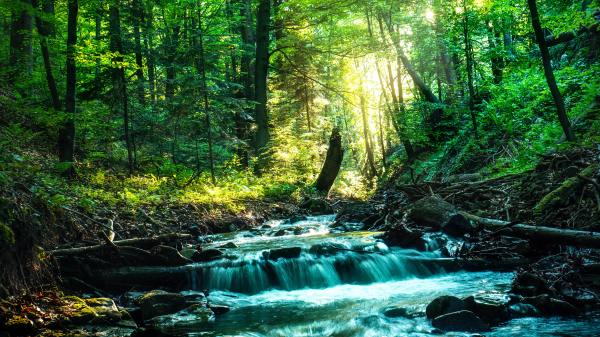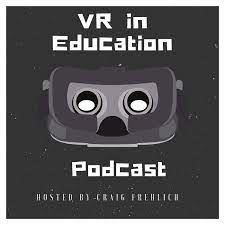Teacher Toni Maddock from Southern Montessori School (Adelaide) set about the task of designing an integrated unit of work (science and geography) on biomes and food security that would allow her middle school students to demonstrate both content mastery and develop communication and creativity skills by using 360-degree VR via the VRTY platform.
There are few available examples of how teachers go about designing curriculum to scaffold student VR content creation. Pedagogically, the unit of work involved a combination of direct instruction and collaborative and discovery-based learning activities. There was a staged approach, with students, in the first instance, being supplied with existing 360-degree scenes of biomes from around the world which they then needed to enhance by doing research on the biome and adding certain facts and media to their 360 scene. This was followed by the class skilling up with the 360 camera and moving to a more complex task involving research on, and an excursion to, a local biome. Informed by their research, students took their own 360-degree base scenes of the biome while on the excursion. They also conducted experiments to generate data to include in their 360-degree virtual biome world, and produced other media (such as text, sound files, photos and videos) on information relevant to the biome and local food security issues. Best of all, and a key feature of VR, students got the opportunity through a school expo to easily immerse their peers, family and community members, in the the educative virtual world they created, making the task genuinely authentic.
The unit of work can be found here.
Through careful curriculum planning, Toni provided rich, scaffolded tasks that leveraged the properties of VR to develop her students higher order thinking and provided them with a unique way express their scientific and geographic knowledge content mastery in a creative way. This was very different to how she would usually teach the topic of biomes. Toni talks a bit about the curriculum planning process in the video below:
This post bought to you by actual humans – Associate Professor Erica Southgate and Toni Maddock.
This project has been funded by the Association of Independent Schools of South Australia (AISSA).
Cover image of rainforest by Jahoo Closeau from Pexel.





 “I have developed a Semester-long course for my Year 9 Digital Design class using VR as a form of new media for students to demonstrate knowledge about sustainability and to educate others in the school community about this. The learning outcomes from the
“I have developed a Semester-long course for my Year 9 Digital Design class using VR as a form of new media for students to demonstrate knowledge about sustainability and to educate others in the school community about this. The learning outcomes from the 
 Adrian Stenta (left), teacher and co-researcher on the VR project, developed a
Adrian Stenta (left), teacher and co-researcher on the VR project, developed a 


